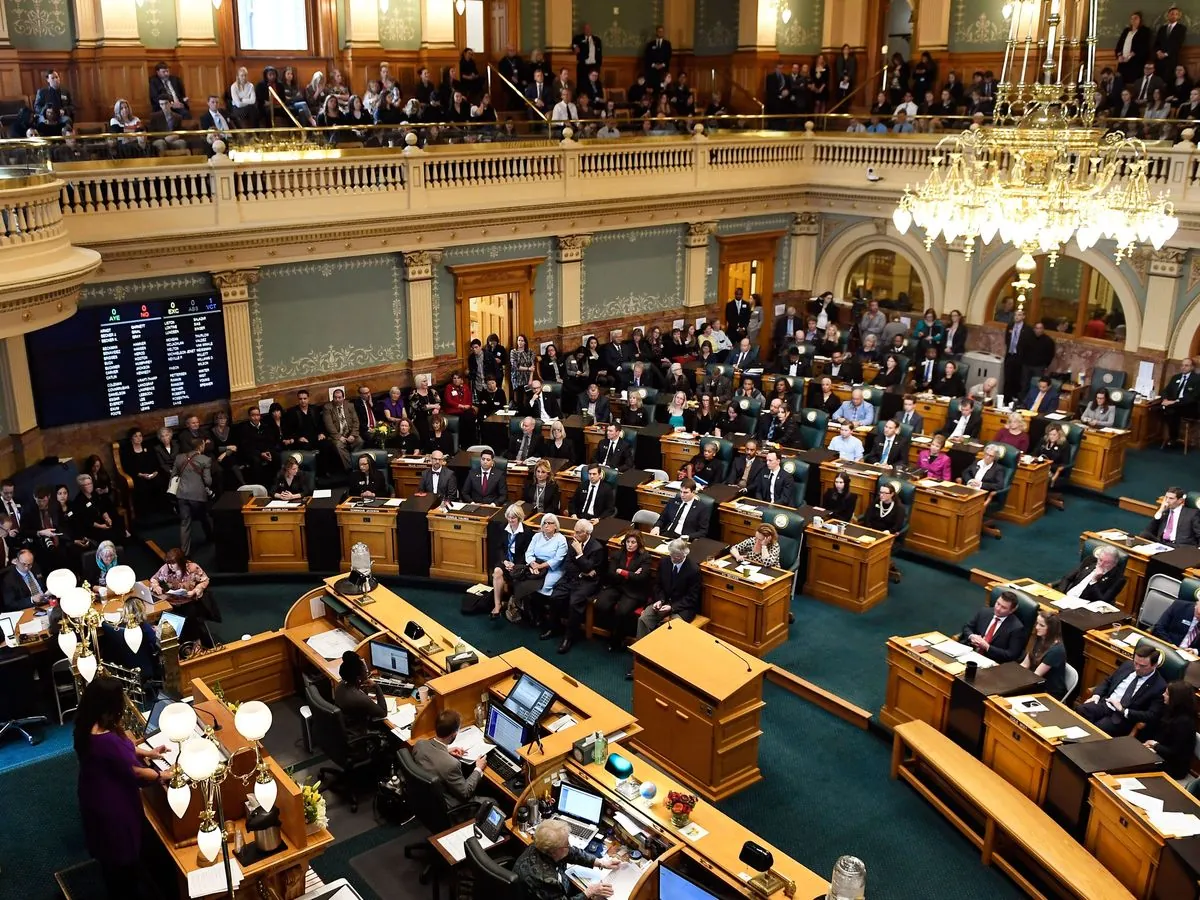Biden Refutes Rubio's "Fake" Jobs Report Claim Amid Strong Economic Data
President Biden dismisses Senator Rubio's accusation of a "fake" jobs report, as economists validate the data's authenticity. The dispute highlights the importance of accurate economic reporting for policy decisions.

President Joe Biden has firmly rejected claims by Republican Senator Marco Rubio that the recent robust jobs report was "fake." The President's response came during an unexpected appearance in the White House Briefing Room, where he addressed the latest economic data and the resolution of a dockworkers strike.
The September 2023 jobs report, released by the Bureau of Labor Statistics (BLS), revealed that U.S. employers added 254,000 jobs, with the unemployment rate decreasing to 4.1 percent. This positive economic indicator has helped alleviate recent recession concerns as the election season approaches.

Biden stated, "If you notice, anything that MAGA Republicans don't like, they call fake. The jobs numbers are what the jobs numbers are. They're real." This response directly addressed Rubio's earlier assertion on social media platform X that the report was "Another fake jobs report out from Biden-Harris government today."
Economists have swiftly discredited Rubio's claims. Julius Probst, a labor economist at AppCast, emphasized, "He is just wrong and mischaracterizing the current data." Similarly, Heidi Shierholz, president of the Economic Policy Institute, dismissed the accusation as a "baseless conspiracy theory."
The BLS, established in 1884, is a nonpartisan agency responsible for collecting, analyzing, and publishing essential labor data. Its methods have evolved significantly since the first comprehensive U.S. labor force survey in 1940. Today, the BLS uses a sample size of about 60,000 households for its monthly surveys, ensuring representative data through probability sampling techniques.
It's worth noting that the BLS regularly revises its data to account for new information. In August 2023, the agency reported the most significant revision to federal jobs data in 15 years. However, other labor market benchmarks, such as the unemployment rate and weekly unemployment benefit requests, remained strong during the period from April 2023 to March 2024.
"Another fake jobs report out from Biden-Harris government today. 16 of the last 17 reports have been significantly revised downwards after media helps them with their fake headlines. But all the fake numbers in the world aren't going to fool people dealing with the Biden-Harris economic disaster every day."
This controversy echoes similar claims made by former President Donald Trump, who accused the government of "defrauding the people" with job numbers and suggested that the Federal Reserve was "playing politics" with interest rate decisions.
Economists stress the importance of maintaining trust in BLS data, which plays a crucial role in shaping policy decisions, including the Federal Reserve's impactful choices regarding interest rates. The BLS's budget for the fiscal year 2023 was approximately $688 million, reflecting the significant resources allocated to ensuring accurate economic reporting.
As the debate continues, it's essential to recognize the complexity of economic data collection and analysis. The BLS uses various tools, including the Consumer Price Index (CPI) for inflation measurement and the Employment Cost Index for tracking wage changes. These metrics, along with others like the "U-6" rate that includes underemployed workers, provide a comprehensive view of the U.S. economy.
In conclusion, while political disagreements over economic data interpretation persist, the integrity of the BLS and its nonpartisan approach to data collection remains crucial for informed policy-making and public understanding of the nation's economic health.


































